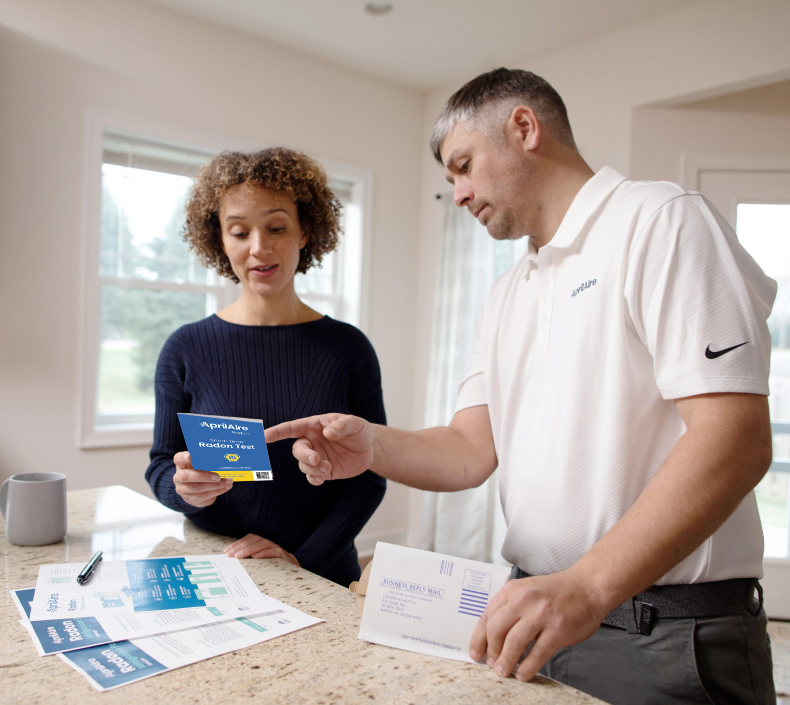How to Test Air Quality In Your Home with DIY Air Quality Tests
2 minute read
Air quality is important. That’s easy to say, but it can sometimes be tough to put into practice. First off, it’s not always obvious when there’s a problem with your air quality. Maybe something smells a little bit off or the air feels different in certain rooms compared to others. If you want to know for sure, it’s helpful to run some DIY air quality tests in your home.
Let’s take a look at the different DIY air quality tests available, see how much they generally cost, and decide when it’s time to enlist professional help.
Types of DIY Air Quality Tests + Costs
Mold
Sometimes the best test for mold is your nose. You or a relative likely have smelled mold before, and you shouldn’t be afraid to trust your instincts. But if you have a recurring problem area in which you want to confirm the source and type of mold, DIY kits can be useful.
Remember that mold is often the result of trapped moisture, so proper ventilation is important in preventing its growth.
Typical Cost: $8-85
Volatile Organic Compounds (VOCs)
VOCs are the result of cooking, cleaning, and the presence of chemicals. They’re why it’s important to ventilate the kitchen and any area in which you’re cleaning, painting, or storing chemicals. There are a range of options available, so make sure you’re getting one that tests for the specific concerns you have in your home.
Typical Cost: $90-400
Carbon Monoxide
Constant monitoring is more important than testing for carbon monoxide. There should be a CO detector on every level your home. And if you have an attached garage or share walls or entryways with a neighbor in a condo or apartment, there should be a detector installed in that area.
Typical Cost: $15-30
Lead Paint
The dangers of lead paint have been known for decades, but some old construction might be at risk. So if you’re moving into or renovating a home built before 1978, you need to test for lead paint.
Typical Cost: $12-50
When to Call a Professional
It can seem cost-prohibitive or intimidating to hire a professional to test and analyze the air quality in your home. But it’s important to keep in mind that the sooner you can identify and remedy a problem, the less exposure you’ll have and the less you’ll have to pay to clean it up down the road.
The DIY air quality tests mentioned above are a great place to start, and it’s helpful to think of them as preliminary screening tools. If they reveal anything out of the ordinary, then you’ll want to call in a professional who can fully diagnose the problem.
Find a Healthy Air Pro in your area. Among other offerings, they can test and repair your air filters and ventilation systems, two crucial aspects of creating a quality air environment in your home.
Airborne issues can form at any time, but always remember that you can take control of the air quality in your home.
